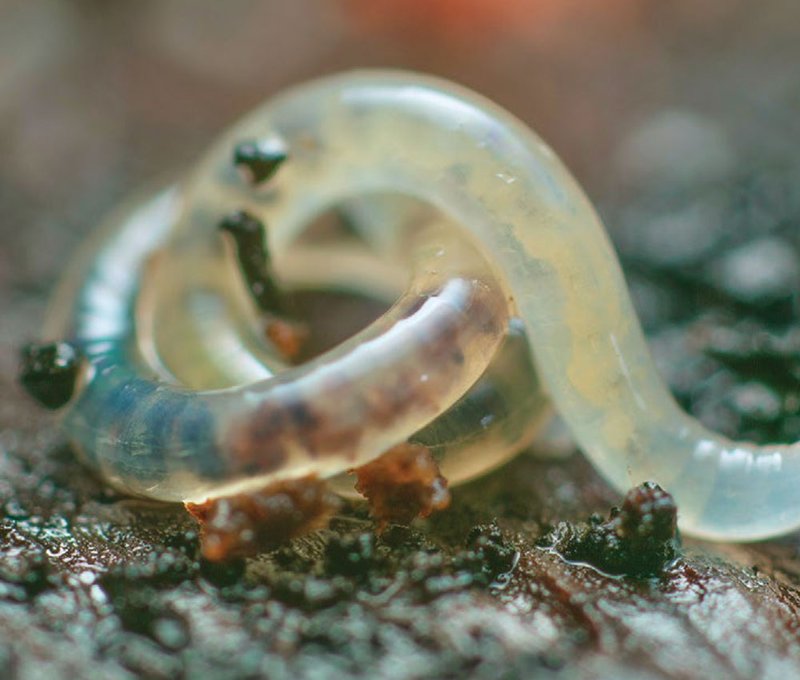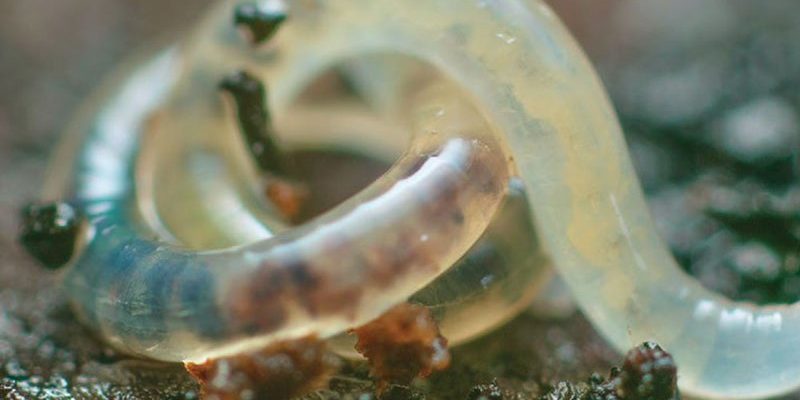
Imagine if you had a friend who could transform into different personas throughout their life, each stage contributing to a larger purpose. That’s what enchytraeids do! From egg to adult, their life cycle is divided into specific stages—each one pivotal for the ecosystem and their survival. So, grab your favorite drink, and let’s dig into the fascinating life cycle and behavior of these little soil workers!
What Are Enchytraeids?
Before we dive into their life cycle, let’s clarify what enchytraeids are. These segmented worms are typically just a few centimeters long and mostly live in moist soil or decaying organic matter. They’re part of the class Clitellata, which means they share traits with other familiar earthworms. They help break down organic matter, creating rich nutrients that plants love.
You might be wondering why these worms are important. Well, enchytraeids improve soil structure, increase water retention, and enhance nutrient availability. Without them, our gardens and landscapes would struggle to thrive. They’re like the busy baristas blending just the right ingredients for a perfect cup of coffee—essential for a well-functioning ecosystem!
The Stages of the Enchytraeid Life Cycle
Enchytraeids undergo a simple but effective life cycle consisting of several key stages: egg, juvenile, and adult. Let’s break these down so you can see how each phase plays a role in their development.
1. Egg Stage
The life of an enchytraeid begins when a female lays eggs in a moist environment. Each egg contains all the genetic material needed for the new worm. It’s like planting a seed; all that’s required is the right conditions to start growing.
Eggs are usually laid in clusters, often surrounded by a gelatinous substance that protects them from pathogens and environmental extremes. Depending on the species, it can take anywhere from a few weeks to a couple of months for eggs to hatch. The conditions—like temperature and moisture—of the soil significantly affect the hatching time. Once the eggs hatch, tiny juvenile worms emerge, ready to begin their adventure.
2. Juvenile Stage
Once they come out of their eggs, juvenile enchytraeids are small and relatively fragile. They begin their lives by feeding on organic debris in the soil, like decomposing leaves and plant matter. Here’s the thing—nourishment is key to their growth. They engage in a process called detritivory, essentially cleaning up the soil while they grow.
As they munch away, enchytraeids grow and develop. This stage can last for several weeks to months, depending on environmental conditions. As they grow, they also begin to reproduce, contributing further to their populations and playing a larger role in soil health.
3. Adult Stage
Once they reach maturity, enchytraeids become adults. This transformation is essential; adult worms are capable of reproduction, continuing the cycle of life. Adult enchytraeids typically measure between 2 to 10 centimeters in length, depending on the species.
In this stage, they play a vital role in the ecosystem. They contribute to soil aeration and create channels for water movement, which benefits plant roots. Behavioral changes also occur—adults tend to be more active and can migrate to different soil layers in search of food. Their life cycle is now complete, but it doesn’t end here; they continue to thrive, reproduce, and nurture the soil they inhabit.
Behavior of Enchytraeids
Understanding enchytraeid behavior provides insight into their role in the ecosystem. These worms are generally quite active, especially in moist conditions, and exhibit several behaviors that enhance their survival and that of their environment.
1. Feeding Habits
Enchytraeids primarily feed on decomposing organic matter, which is essential for their growth. They’re like nature’s recyclers, breaking down complex materials into simpler forms that plants can utilize. Their feeding process involves ingesting soil and organic material, which is then digested in their intestines.
This behavior not only benefits the worms but also enriches the soil, making nutrients available for plants and other organisms. So, when you see a lush garden, remember that enchytraeids are quietly doing their part underground!
2. Movement and Habitat
These little creatures thrive in moist, organic-rich soils, and their movement reflects their environment. They can burrow through soil, creating channels that improve aeration and drainage. This behavior helps maintain a healthy ecosystem, as air and water can reach plant roots more efficiently.
Interestingly, enchytraeids can also show a behavior called “taxis,” where they move toward favorable conditions—such as moisture and food sources—while avoiding extremes. This instinct helps them survive and thrive in various environments.
3. Reproduction and Social Structure
Enchytraeids are unique in their reproduction methods. They can reproduce both sexually and asexually, making them resilient and adaptable. Typically, sexual reproduction involves two worms exchanging sperm before laying eggs, while asexual reproduction allows a single worm to produce offspring without a mate.
In terms of social structure, enchytraeids aren’t social creatures like ants or bees, but they often live in dense populations, which can enhance their survival. Their numbers contribute to soil health, creating a balanced ecosystem that supports various plant and animal life.
The Importance of Enchytraeids in Ecosystems
You might be curious about the bigger picture and why enchytraeids matter beyond their life cycle. These worms serve a central role in maintaining healthy ecosystems, and their presence is a sign of good soil health.
Nutrient Cycling
Enchytraeids are notable for their role in nutrient cycling. By breaking down organic material, they release nutrients back into the soil, making them available for plants. This process is crucial for plant growth, which ultimately supports entire food webs.
Moreover, their feeding habits help increase microbial activity in the soil, further enhancing nutrient availability. Think of them as little gardeners, ensuring that everything in their ecosystem has what it needs to thrive.
Soil Structure Improvement
Another key benefit of enchytraeids is their contribution to soil structure. As they burrow and move through the soil, they create channels that improve water infiltration and aeration. This phenomenon is essential, especially in agricultural settings, as it allows roots to access water and nutrients more easily.
In a way, enchytraeids are like nature’s construction workers, building and maintaining the foundation for plant life. Healthy soil structures lead to healthier plants, which means better yields for farmers and more vibrant ecosystems.
Indicators of Soil Health
Lastly, enchytraeids serve as indicators of soil health. A diverse and abundant population of these worms suggests a thriving ecosystem with good soil conditions. Farmers and ecologists often monitor enchytraeid populations to assess soil quality and make informed decisions about land management practices.
When you see these tiny wrigglers, remember—they’re not just worms; they’re vital players in the game of life on Earth.
Exploring the life cycle of the enchytraeid reveals just how intricate and essential these little creatures are to our ecosystems. From their humble beginnings as eggs to their vital roles as adults, enchytraeids contribute significantly to soil health and plant growth. They embody nature’s perfect recycling process, breaking down organic materials and improving soil structure.
So, next time you’re out in your garden or walking through a lush park, take a moment to appreciate the unseen workers beneath your feet. Enchytraeids are busy enhancing the soil, ensuring that life flourishes all around us. In their quiet, unassuming way, they remind us that even the smallest creatures can make the biggest difference.

